AVIATION
How does TCAS help avoid Aircraft Mid Air Collisions?
TCAS There are hundreds of thousands of airplanes flying. Have you ever wondered how planes avoid collisions with each other in the sky?
TCAS There are hundreds of thousands of airplanes flying. Have you ever wondered how planes avoid collisions with each other in the sky?
Published
2 years agoon
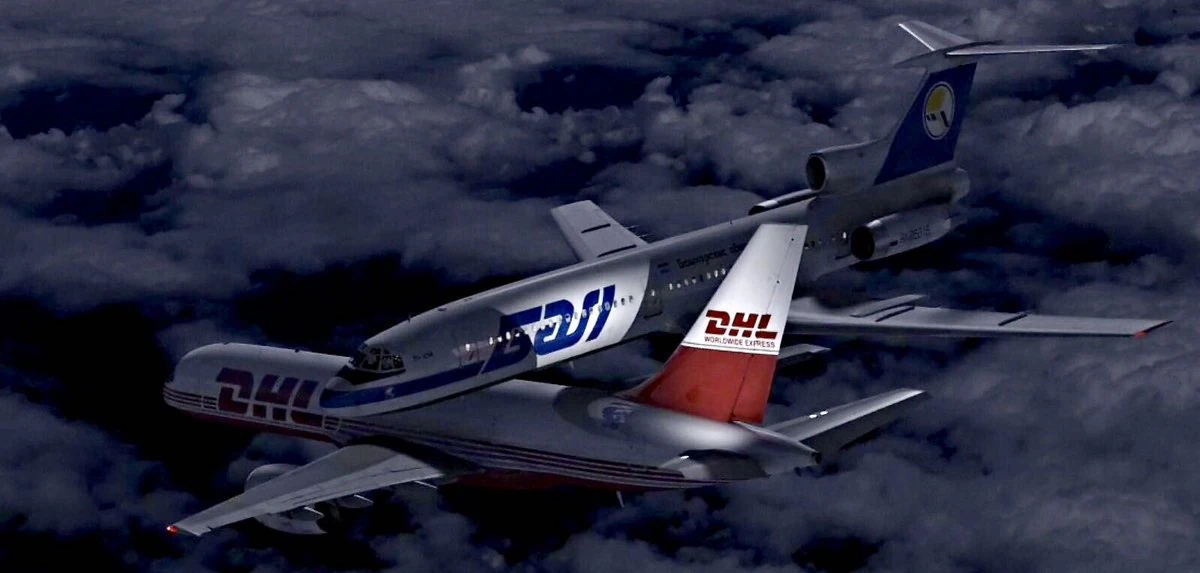
TCAS There are hundreds of thousands of airplanes flying. Have you ever wondered how planes avoid collisions with each other in the sky?
In early commercial aviation days, there used to be too many mid-air collisions between aircraft, just like vehicles on the road. There were no proper systems to avoid such collisions. In 1976 alone, there were 46 mid-air collisions, which is close to having a mid-air collision each week.
In 1956, a collision occurred between a United DC-7 and a TWA Lockheed L-1049 Super Constellation over the Grand Canyon- it was the deadliest accident in commercial aviation history. This smashing of two aircraft with one another led to the death of 128 occupants of both airliners.
Research was initiated to develop a system to alert the flight crew about the nearby flying aircraft to avoid accidents. The late 60s and 70s saw the development of prototypes for avoiding such collisions. As the system was not so advanced, it gave unnecessary alarms and warnings even on the ground at busy airports. So it was used by only a few airlines.

Unfortunately, the mid-air collisions didn’t stop, and the final straw came in 1986 when an Aeromexico DC-9 collided with a four-seat Piper Archer over Cerritos, California, leading to 82 fatalities. Soon after, the FAA(Federal Aviation Administration), which is the aviation governing body in the United States, mandated that airliners in U.S. airspace be equipped with an accurate system for alerting nearby air traffic, which is now known to be TCAS – Traffic Alert, and Collision Avoidance System. ACAS – Airborne Collision Avoidance System is another name that’s given to it.
Some might wonder if the word “Traffic” used in TCAS has the same meaning as “traffic” used in the street. If so, you’re guessing right. It is the same thing if you replace vehicles with airplanes and roads with the sky. On roads, we avoid collisions with cars coming from different junctions/directions using traffic lights. In the sky, it is TCAS that prevents the crash of aircraft. But you can’t quite brake an aircraft like you would an automobile.
TCAS is a system that instructs the pilots to take action when it sees two planes that might get close to each other in the sky without the application of a brake. When two aircraft get perilously close to each other, TCAS uses audio alarms to alert the pilots. This warning system allows one pilot to climb and the other to descend to prevent the previously probable collision.
TCAS primarily works due to Transponders. Transponders? What’s that now? Okay, let me explain. You must have heard of radar. A system that detects and locates objects such as airplanes, ships, etc. A radar sends a signal, usually a radio wave, from a transmitter. The signal travels through the air until it encounters an object like an airplane. When the signal hits the object, some energy reflects toward the transmitter. That is how the air traffic controller (ATC) constantly monitors the airplane’s location, speed, and other parameters.
In the same way, Transponders (Transmitter and Responder) work by transmitting and receiving signals to track things. Now imagine two airplanes flying close to each other, equipped with transponders. Thanks to the fancy antennas on the aircraft, the transponder of the plane constantly queries the other aircraft in the vicinity. It asks the other aircraft, “Who are you?” through signals, and the other aircraft’s transponder replies it’s how fast it’s flying(speed), what height it’s flying (altitude), and what direction it’s flying (bearing). The transponder receives the following information, analyzes it, and determines if there’s any risk of collision.
If there is a risk of collision, both aircraft’s TCAS systems will alert the pilots visually on screen, such as flashing lights and a spoken command, “Traffic, Traffic,” which is so loud that it gets the crew’s attention immediately. No pilot would like to hear that.
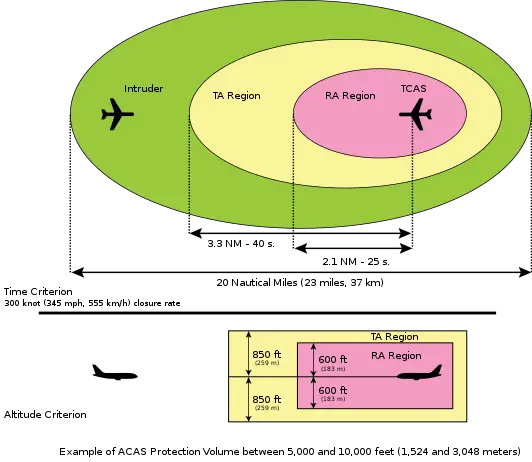
In case you want to know a bit about the technical part of TCAS: Everything keeps updating with time, and so does TCAS. The most advanced version of TCAS is called TCAS-II. This advanced system provides the crew with two alert (advisory) types. They are Traffic Advisory which we will call TA, and Resolution Advisory, which we will call RA, for further discussion.
As the name suggests, it gives the crew members a heads-up that an aircraft nearby could potentially cause problems. TA is triggered when two aircraft are 20-48 seconds away from each other. The time may vary depending on the speed, height, and maneuvering of the two aircraft in relation to one another. The pilots get visual signs on their screens and audible warnings stating “Traffic Traffic.” When this happens, the pilots look out for the other aircraft (intruder aircraft) from their windows and follow the instructions from the ATC.
It is extremely likely that the other aircraft won’t cause a problem during TA. In busy airspace of flying, pilots often get TA warnings. Mostly those are flying in busy airports like New York, LA, and London Heathrow.
Resolution means to resolve something, and so does RA. When the TCAS sees the aircraft getting nearer to another plane (about 15 seconds near), RA activates, and it alerts the pilots of both aircraft to perform maneuvers to avoid the collision. Aircraft ‘A’ transponder will query, “I am at 18000 feet, what height are you?” and aircraft ‘B’ will reply, “I am at 18000 feet too”, and then they will automatically negotiate the action to be taken to avoid the collision.
A typical resolution might have one system advising its crew to climb while the other advises its crew to descend. When TCAS issues a Resolution Advisory, the crew will receive a loud command over the speaker. Something like: “Climb, climb!” “Descend, descend!” “Increase climb, increase climb!”
It is important to know that during RA, the crew must ignore all the instructions from the ATC and follow only what the TCAS system advises. Since TCAS provides enough advance notice(15-35 seconds before the collision), the RA maneuver does not need to be rough. The passengers don’t realize that the maneuver occurred, and no coffee gets spilled.
TCAS keeps things simple by advising climb or descend action. It doesn’t suggest a turn because it might need clarification sometimes. Changing altitude is the most straightforward way to avoid a collision. Once the threat is away, the TCAS announces “Clear of Conflict,” All guidance information disappears, indicating the flight is safe now. Aviation is booming day by day worldwide, and more air traffic is increasing, but thanks to TCAS, a superhero, we can fly in the sky without the threat of colliding with other aircraft.
Would love to Fly Someday ;)

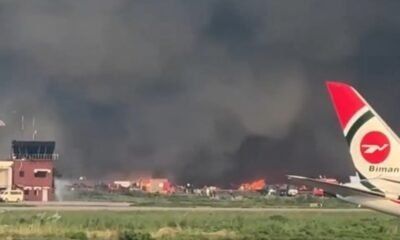

Massive Fire Erupts at Dhaka’s Hazrat Shahjalal International Airport — Flight Operations Suspended


Nepal Airlines’ Guangzhou Flight Postponed: Mismanagement or Diplomatic Delay
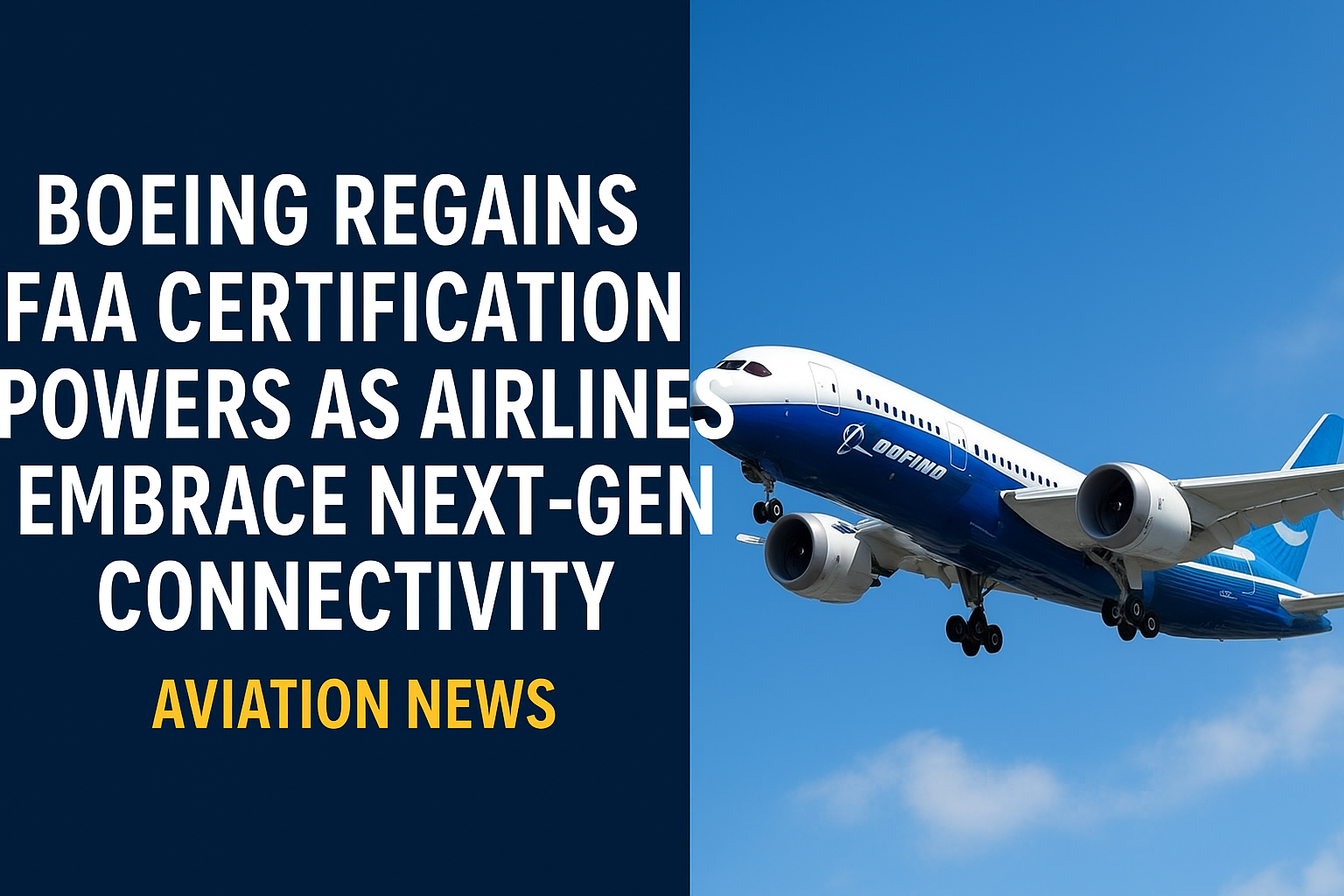

Boeing Regains FAA Self-Certification Rights, Airlines Eye New Connectivity Upgrades
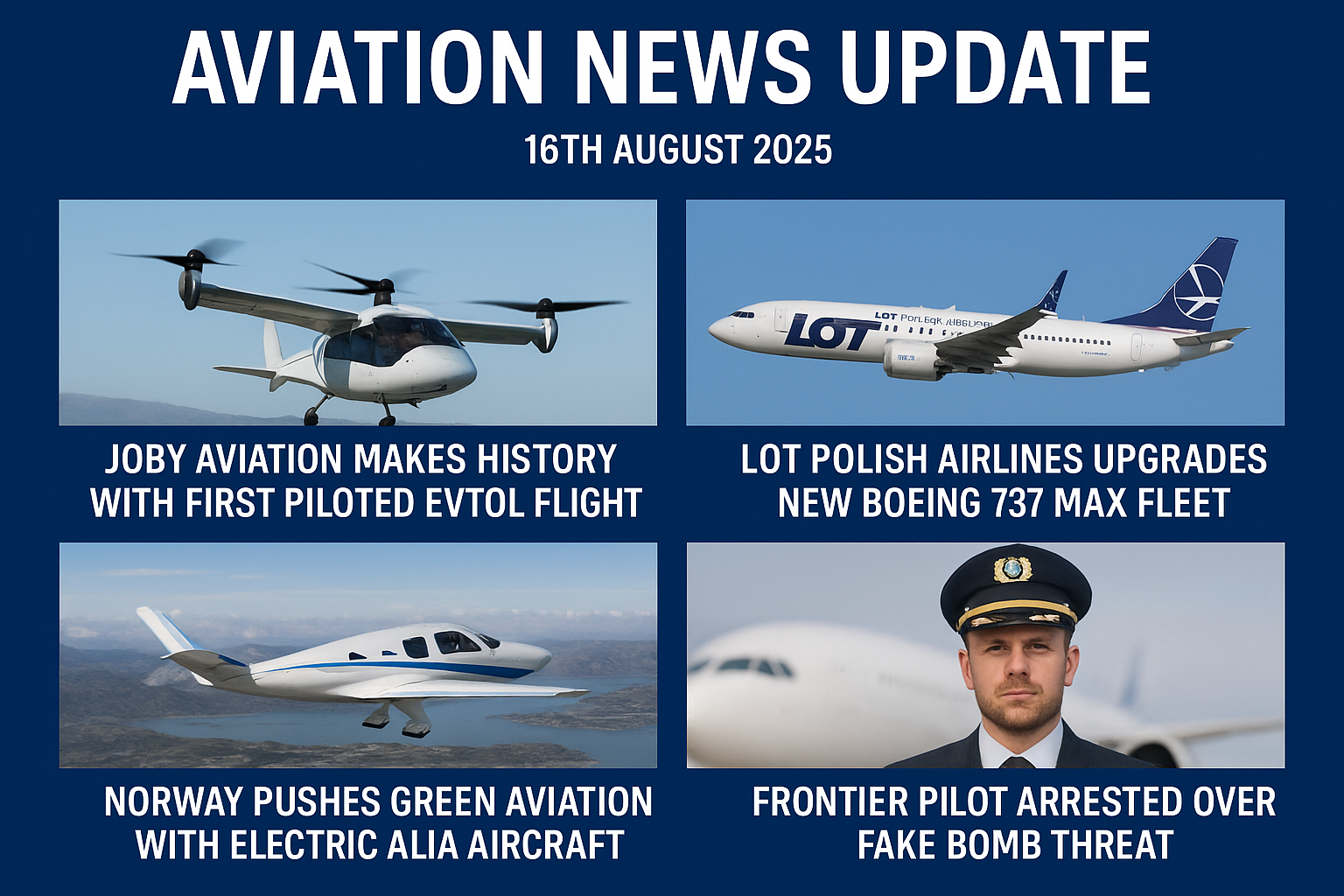

Aviation News Update – 16th August 2025


Visitors’ Pass Banned at Tribhuvan International Airport
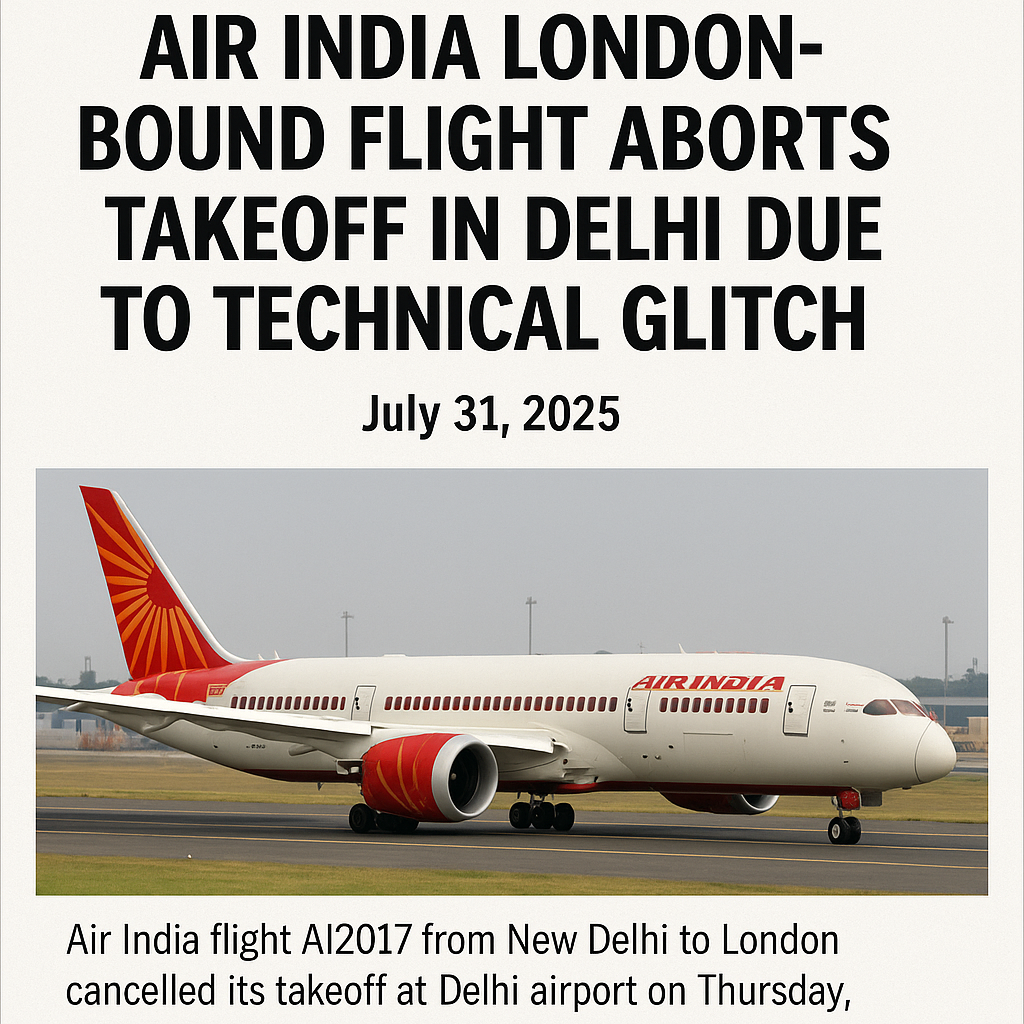

Air India London‑bound Flight AI2017 Aborts Takeoff in Delhi Due to Technical Glitch (July 31, 2025)